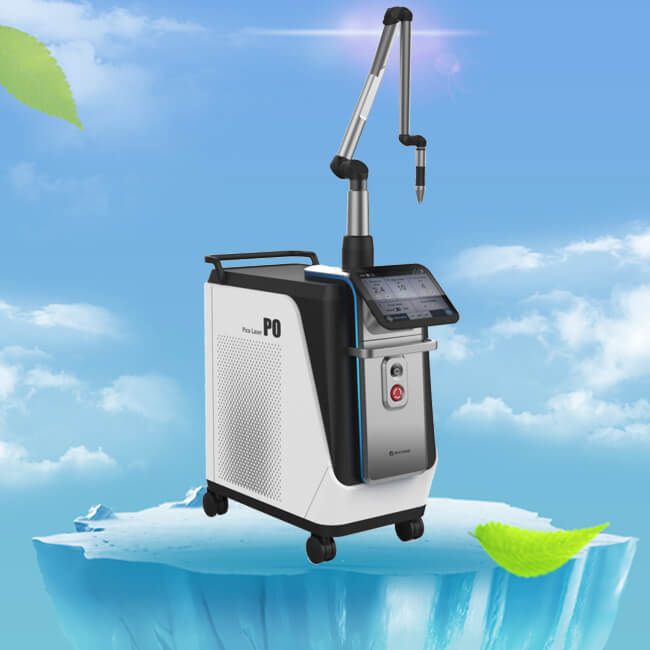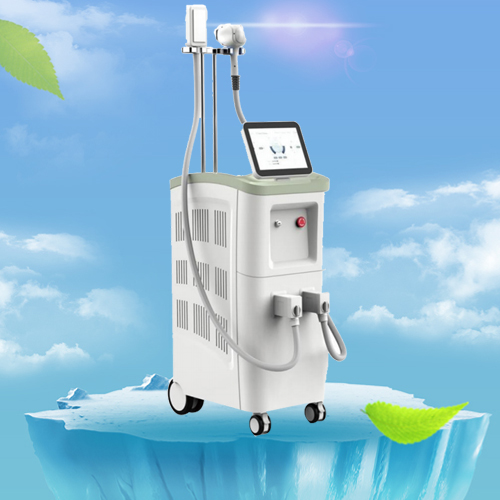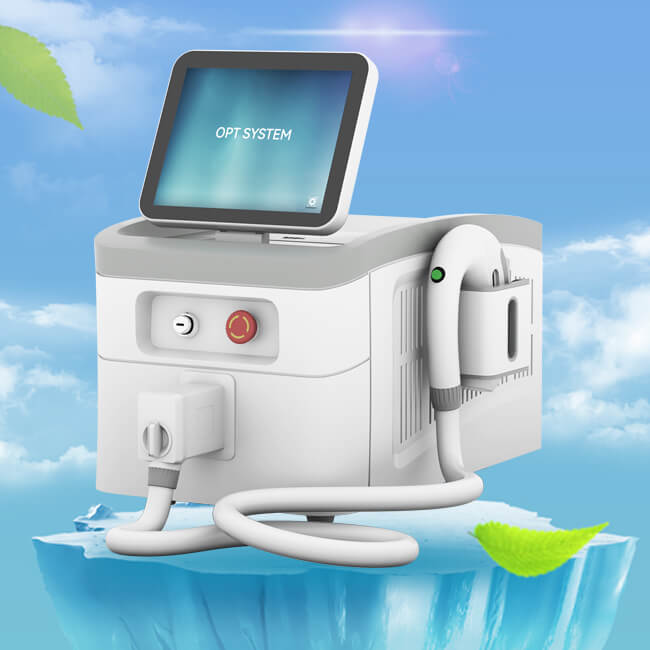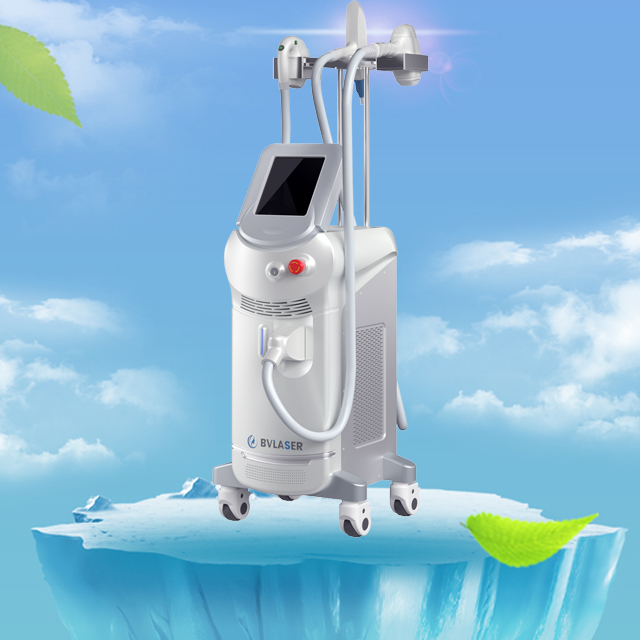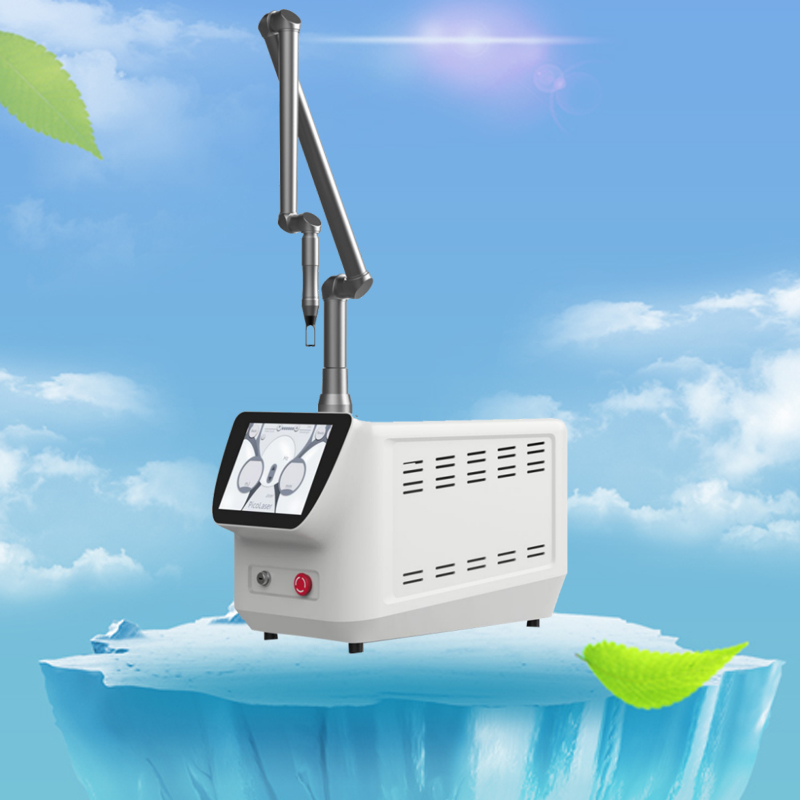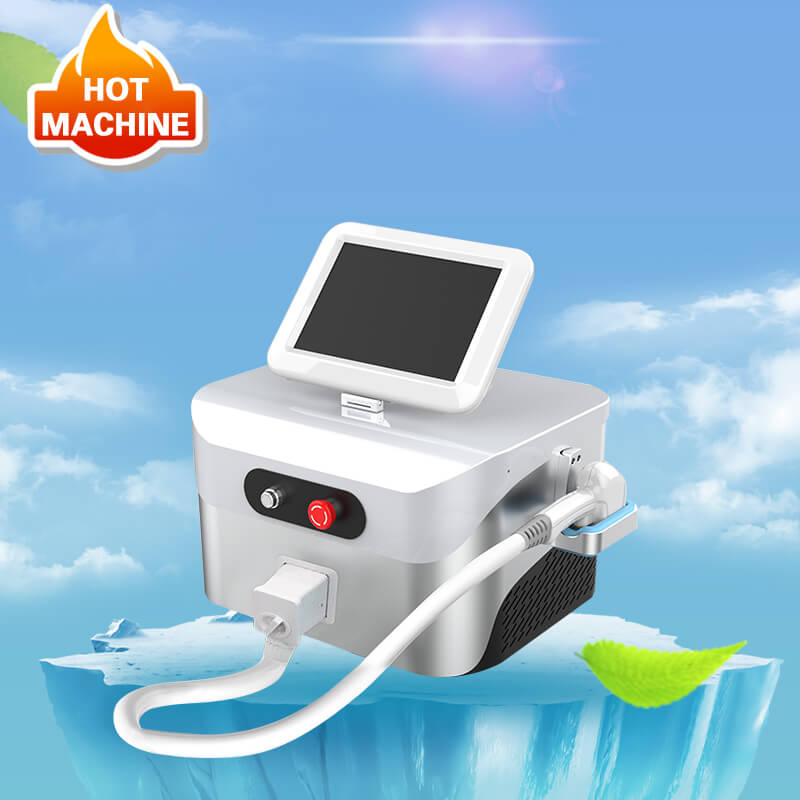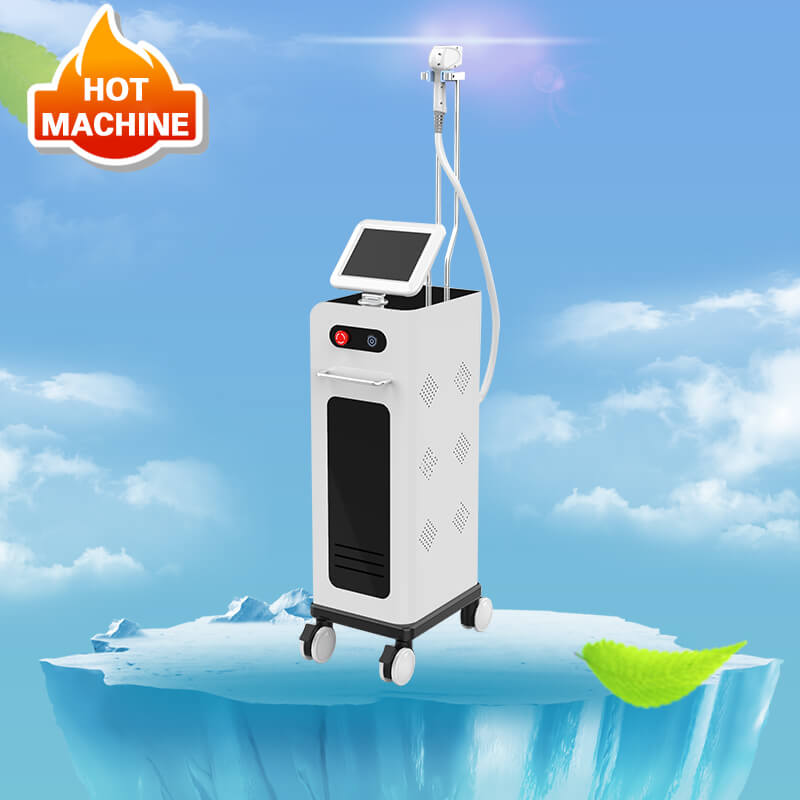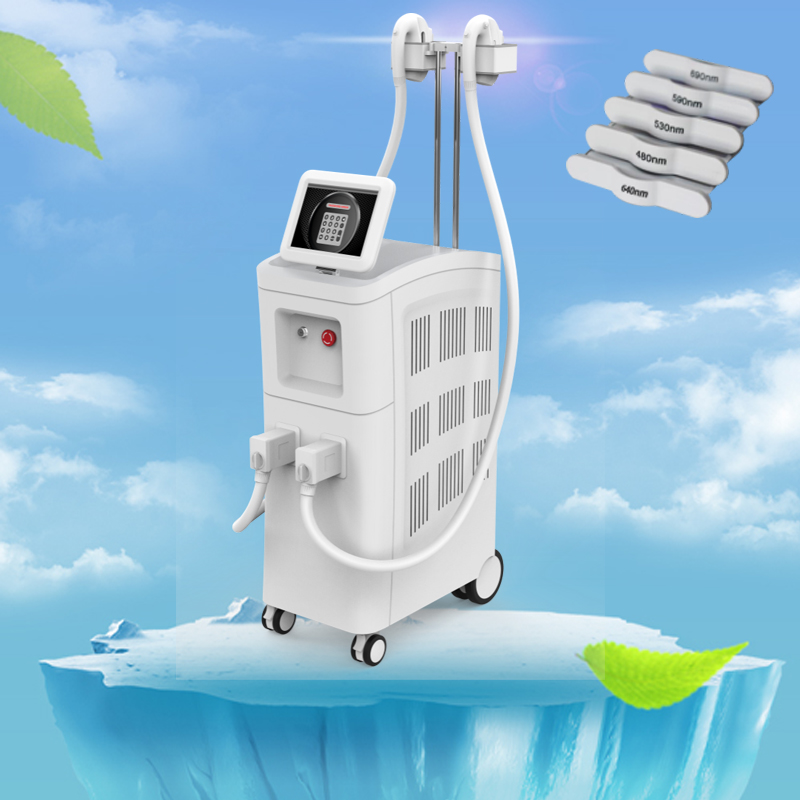CO2 fractional laser machine for skin rejuvenation
Author:baishilf Time:2024-01-30 14:52:21
A CO2 fractional laser machine is a skin rejuvenation procedure that uses carbon dioxide laser beams to resurface the skin and stimulate collagen production. CO2 laser resurfacing machine can help improve the appearance of wrinkles, scars, sun damage, and other skin concerns. The CO2 laser beauty machine is different from traditional lasers, which remove the entire top layer of the skin. CO2 laser facial rejuvenation creates tiny holes in the skin, leaving some areas intact. This reduces the risk of side effects and speeds up the healing process.

What are the side effects of CO2 fractional laser treatment?
CO2 fractional laser machine has some possible side effects, such as:
1.Redness, swelling, itching, and pain. Treated skin may feel raw, similar to a mild sunburn. These symptoms may last for 1 to 3 weeks after the treatment.
2.Acne or milia. Applying thick creams and bandages to your face after treatment can worsen acne or cause you to temporarily develop tiny white bumps on treated skin.
3.Infection. Laser resurfacing can trigger a flare-up of the herpes virus or cause a bacterial, viral, or fungal infection. You may need to take an antiviral medication before and after the treatment to prevent this.
4.Changes in skin color. Laser resurfacing can cause treated skin to become darker (hyperpigmentation) or lighter (hypopigmentation) than it was before treatment. This is more common in people with dark brown or black skin.
5.Scarring. Ablative laser resurfacing poses a slight risk of scarring, especially if the treated area becomes infected or does not heal properly.
These side effects are usually mild and temporary, but they can affect your recovery time and the outcome of the treatment. You should follow your doctor’s instructions on how to care for your skin after the treatment and report any signs of complications.
Some additional information or tips to help you avoid or minimize the side effects of CO2 fractional laser treatment are:
1.Avoid sun exposure and use sunscreen with SPF 30 or higher on the treated area for at least 6 months after the treatment. Sun exposure can worsen the side effects and damage the new skin.
2.Use gentle cleansers and moisturizers on the treated area and avoid products that contain alcohol, acids, or fragrances. These can irritate the skin and delay healing.
3.Apply cold compresses or ice packs to the treated area for 15 minutes several times a day to reduce swelling and discomfort. You can also take over-the-counter pain relievers as needed.
4.Do not pick, scratch, or rub the treated area, as this can cause infection, scarring, or pigmentation changes. Let the skin peel off naturally and avoid using exfoliating products until the skin is fully healed.
5.Drink plenty of water and eat a balanced diet to support your skin’s healing process and immune system.

Is CO2 fractional laser treatment safe for everyone?
CO2 fractional laser treatment is not safe for everyone. Some factors that may make you ineligible or unsuitable for CO2 fractional laser treatment are:
1.Having an active skin infection, such as acne, herpes, or shingles, in the area to be treated. This can increase the risk of complications and poor healing.
2.Having a history of keloid scars, which are raised, thick, and irregular scars that grow beyond the original wound. Laser resurfacing can trigger or worsen keloid formation.
3.Having a skin type that is prone to hyperpigmentation or hypopigmentation, which are changes in skin color that can occur after laser resurfacing. People with dark brown or black skin are more likely to experience these side effects.
4.Having a medical condition that affects your skin’s healing ability, such as diabetes, autoimmune diseases, or connective tissue disorders. These conditions can impair your skin’s response to laser treatment and increase the risk of infection, scarring, or delayed healing.
5.Taking certain medications that affect your skin’s sensitivity to light, such as isotretinoin (Accutane®), tetracycline, or doxycycline. These medications can make your skin more prone to burning, blistering, or scarring after laser treatment. You may need to stop taking these medications for a period of time before and after the treatment.
6.Being pregnant or breastfeeding. Laser resurfacing can affect your hormones and skin’s sensitivity, which may have adverse effects on your health and your baby’s health. It is recommended to wait until you are done with pregnancy and breastfeeding before undergoing laser treatment.
If you are interested in CO2 fractional laser treatment, you should consult with a qualified dermatologist or cosmetic surgeon who can evaluate your skin type, medical history, and aesthetic goals. They can determine if you are a good candidate for the procedure and advise you on the best course of action.





